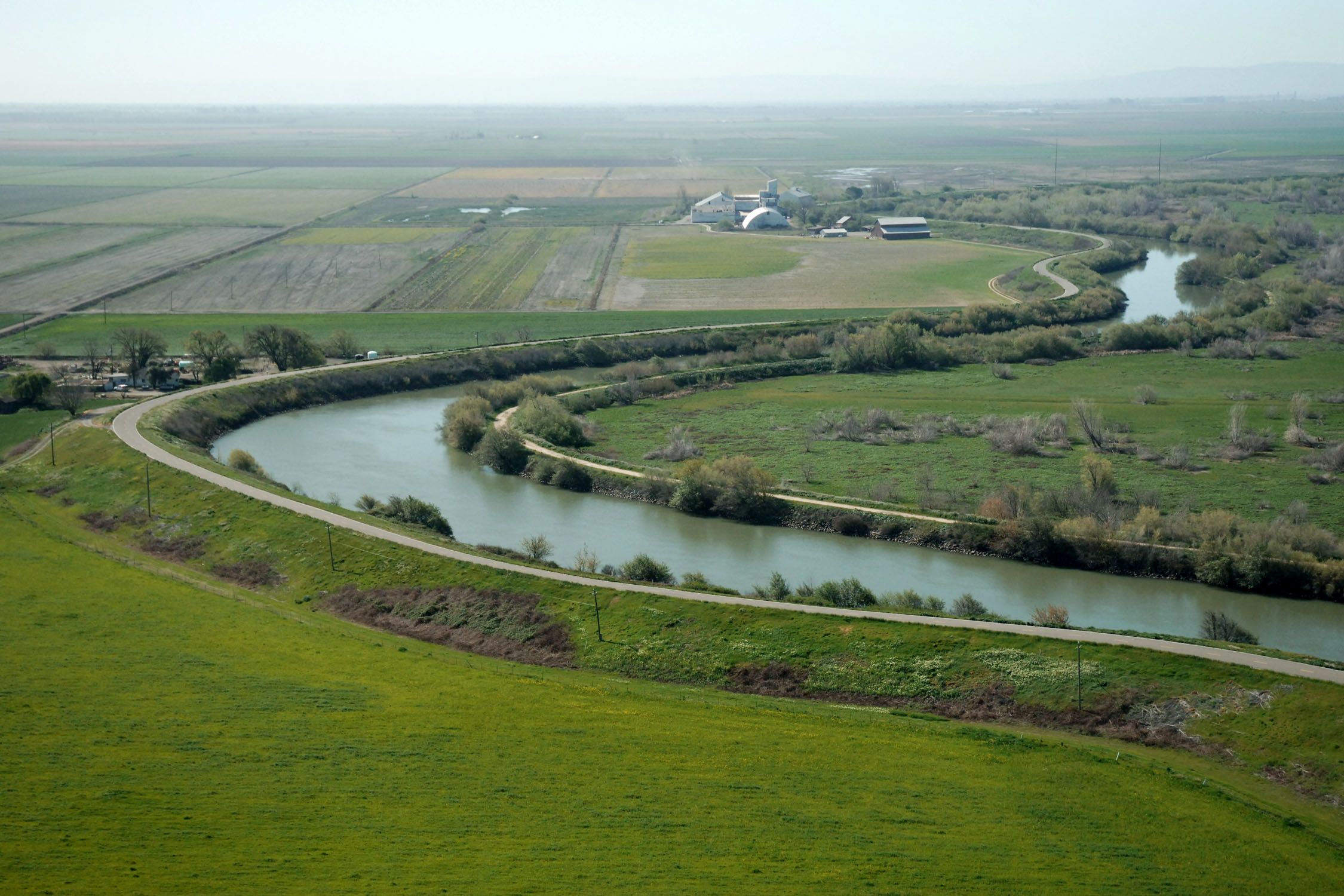 An independent review of the Bay Delta Conservation Plan has just been released by American Rivers and The Nature Conservancy. The panel, convened by Dr. Jeff Mount included William Fleenor, Brian Gray, Bruce Herbold, and Wim Kimmerer. They conducted a review of the March 2013 administrative draft and associated documents, analyzing the BDCP along several points, including exports during dry and wet years, mitigation of the North Delta facilities, conditions for Delta smelt, benefits of floodplain and tidal marsh restoration, governance structure, and the BDCP’s adaptive management plan.
An independent review of the Bay Delta Conservation Plan has just been released by American Rivers and The Nature Conservancy. The panel, convened by Dr. Jeff Mount included William Fleenor, Brian Gray, Bruce Herbold, and Wim Kimmerer. They conducted a review of the March 2013 administrative draft and associated documents, analyzing the BDCP along several points, including exports during dry and wet years, mitigation of the North Delta facilities, conditions for Delta smelt, benefits of floodplain and tidal marsh restoration, governance structure, and the BDCP’s adaptive management plan.
The panel notes that they relied on simulations conducted by BDCP consultants, and they caution that their conclusions are contingent upon the project being actually operated as simulated. Some of their findings include:
- Operational flexibility does increase somewhat with two points of diversion, however: “export operations are highly constrained by upstream consumptive uses, regulations that cover reservoir operations, and flow and
water quality standards. This greatly limits the anticipated benefit associated with operation of the dual facilities. Despite these limitations, as modeled, there is an increase in exports in wet years. In most dry years there are no substantial changes over No Action Alternative conditions.” - The Effects Analysis does identify the most significant effects and impacts, and identifies multiple mitigation strategies, all of which have high uncertainties. ” … Done well and successfully, however, they appear to offset the losses associated with operation of the North Delta facility. The High Outflow Scenario appears most protective of conditions upstream of the Delta and adjacent to the new facility. However, mitigation actions are unlikely to contribute significantly to recovery of these species. Additionally, successful mitigation is likely to occur only if there is a robust adaptive management and real-‐time operations program. The Plan provides neither.“
- The benefits from floodplain and tidal marsh restoration are uncertain for smelt: The Plan proposes to provide more food for smelt populations by restoraing floodplain and tidal marsh. The team found: ” … Based on simple modeling and comparison with other systems, we find that restored floodplains and tidal marshes are unlikely to make a significant contribution to smelt rearing habitat conditions. Tidal marshes can be sinks or sources of food, with most appearing to be sinks for zooplankton. The Plan appears to be too optimistic about the benefits of tidal marsh and floodplain restoration.” The panel does acknowledge there are broad benefits for other species covered in the Plan.
- The governance structure, as proposed, is not likely to be effective: “We found that, when examined in detail, the draft BDCP blurs the lines between implementation and regulation and grants the permittees unusual decision authority. Additionally, the regulatory assurances in the Plan, especially the “no-‐surprises” policy, place undue financial responsibilities on the state and federal governments if certain modifications to the Plan become necessary during its 50-‐year term.” Due to the Delta’s complexity, modifications are likely to be needed.
- The governance structure also creates disincentives for adaptive management: “We found that the governance structure, whereby the AEG may exercise veto authority over changes to the biological objectives and conservation measures, is likely to create disincentives for adaptive management. In addition, a proposed consensus-‐based Adaptive Management Team made up of POG, AEG, and scientific community members creates conflicting relationships between decision-‐makers and providers of key information.” The panel also notes that it appears the BDCP intends to create it’s own science program, instead of integrating with other existing programs.
The panel provides a list of recommendations that include putting in place and testing mitigation efforts before completion of the facility, implementing floodplain and tidal marsh restoration projects to determine potential benefits, and substantial revision of the BDCP’s governance structure.
The cover letter states that “the opinions, analyses, and recommendations provided in the report are solely those of the authors. … This report does not represent the position of American Rivers or the Nature Conservancy.”
In addition, the authors write in the preface: “It is important that this analysis not be over-‐interpreted. We do not endorse or reject the Plan. We only assess effectiveness of various conservation measures, guided by narrowly targeted questions. In addition, we make a handful of modest proposals to improve the performance of the Plan, particularly for issues of concern to the two non-‐governmental organizations. Thus, the scope of this review is quite limited.”
Read the report here: FINAL BDCP REVIEW for TNC and AR Sept 2013


